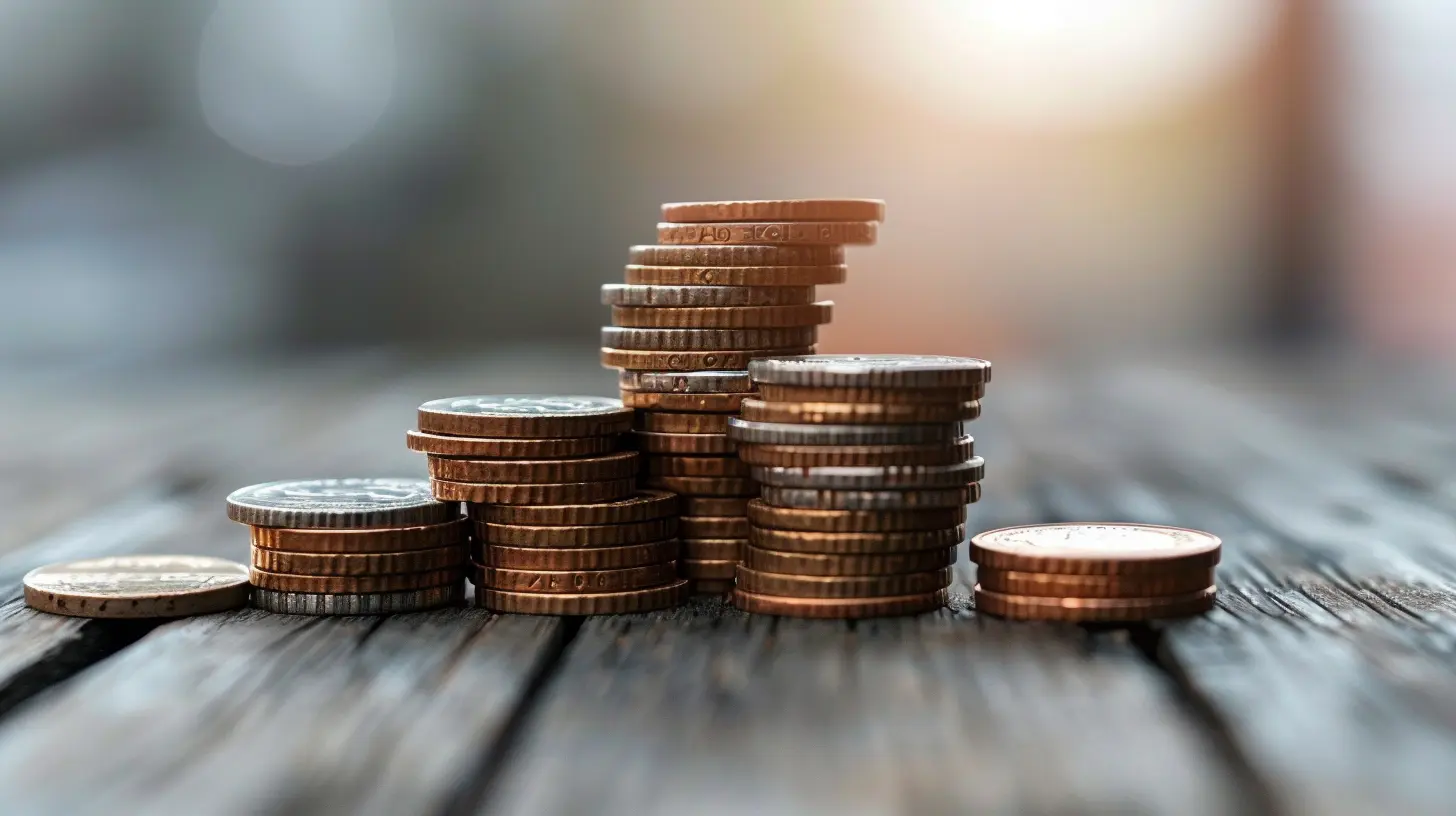Compounding Interest on Credit Cards: The Silent Debt Builder
16 November 2025
Ever feel like your credit card balance is growing at an alarming rate, even though you swear you're making payments? You’re not alone. The sneaky culprit behind this phenomenon is compounding interest. It’s like a snowball rolling downhill, getting bigger and bigger with each turn—except instead of a fun winter activity, it’s slowly burying you in debt.
In this guide, we'll break down what compounding interest is, how it works against you on credit cards, and how you can fight back before your balance spirals out of control. 
What is Compounding Interest?
At its core, compounding interest is interest that gets charged on both the principal amount (your original balance) and the interest that has already accumulated. It’s like debt having babies—and those babies growing up fast and having even more debt babies.Unlike simple interest (where interest is only charged on the original amount), compounding interest relentlessly stacks up, making your debt grow at an alarming rate if left unchecked.
How Does Compounding Work on Credit Cards?
Most credit cards calculate interest daily. That’s right—daily. That means today’s interest is added to your balance, and tomorrow's interest is charged on that new, slightly higher balance. This cycle repeats every single day, making it much harder to pay off your card if you're only making minimum payments.Let’s break it down with an example. 
The Real Cost of Compounding Interest on Credit Cards
Example Scenario
Imagine you have a credit card balance of $5,000 with an 18% APR (Annual Percentage Rate). If you only make the minimum payment (let’s say $100 per month), here’s what happens:- The daily interest rate would be (18% ÷ 365) = 0.0493% per day
- Every day, interest is added to your balance
- Over time, you end up paying way more than $5,000 in interest alone
If you only make the minimum payments, it could take decades to pay off that debt—while racking up thousands in extra interest. Ouch. 
Why Compounding Interest is a Silent Debt Builder
It’s easy to overlook compounding interest because it creeps up on you like a ninja in the night. Here’s why it’s so dangerous:1. Interest on Interest is Brutal
You're not just paying interest on your purchases—you’re paying interest on interest from previous months. That’s like paying rent on an apartment you don’t even live in anymore.2. Minimum Payments Keep You Stuck
Credit card companies design minimum payments to keep you in debt for as long as possible. By only paying the minimum, you’re mainly covering interest—barely making a dent in the actual amount you owe.3. Debt Grows Faster Than You Think
Because interest compounds daily, your balance increases even when you're not making new purchases. If you’re not paying off your full balance each month, your debt is silently expanding in the background.
How to Outsmart Compounding Interest
Thankfully, you don’t have to be a victim of compounding interest forever. Here are some smart strategies to take back control of your credit card debt:1. Pay More Than the Minimum
This is the single best thing you can do. Even if you can only afford a little extra, every dollar helps prevent compounding from getting out of hand.2. Make Multiple Payments Each Month
Interest is calculated daily, so making smaller, more frequent payments throughout the month can reduce the overall amount of interest charged. It’s like stopping the snowball before it turns into an avalanche.3. Focus on High-Interest Debt First (Debt Avalanche Method)
If you have multiple credit cards, prioritize paying off the one with the highest interest rate first. This will save you the most money over time.4. Consider a Balance Transfer
Some credit cards offer 0% interest balance transfer deals for a certain period. This can be a great way to pause interest while aggressively paying down your balance. Just watch out for balance transfer fees!5. Negotiate a Lower Interest Rate
You’d be surprised—sometimes, simply calling your credit card company and asking for a lower rate works! If you have a solid payment history, they might just agree.6. Use Windfalls to Crush Your Debt
Got a tax refund? Bonus at work? Extra cash from a side hustle? Instead of splurging, throw it at your credit card balance and reduce the impact of compounding interest. Future you will thank you.The Bottom Line
Compounding interest on credit cards is a silent debt builder that can trap you in a never-ending cycle of payments. But now that you know how it works, you have the power to fight back.By making more than the minimum payment, paying off high-interest debt strategically, and using smart financial moves like balance transfers, you can stop compound interest from running your life.
Debt doesn’t have to be forever. Take action today, and start tackling that growing balance before it tackles you!
all images in this post were generated using AI tools
Category:
Compound InterestAuthor:

Angelica Montgomery

